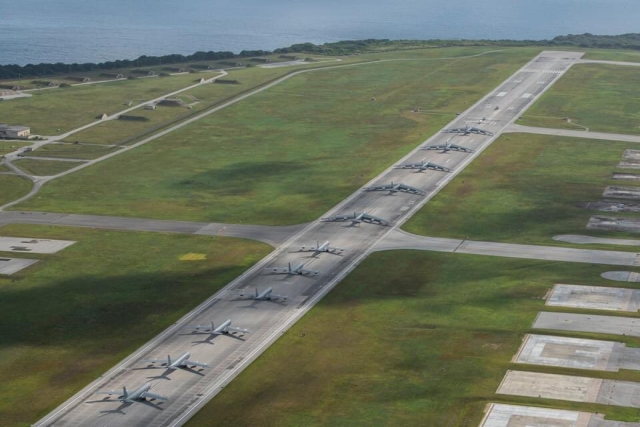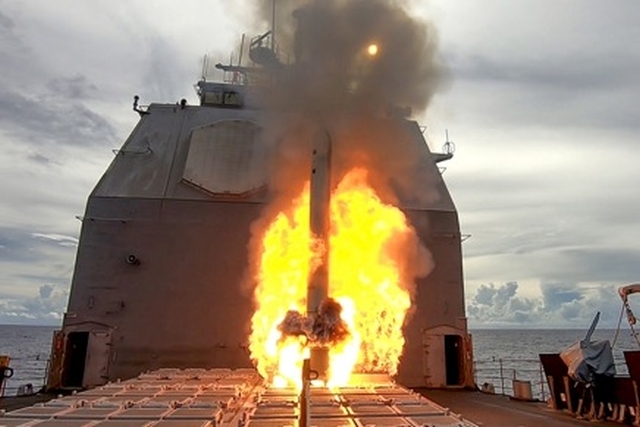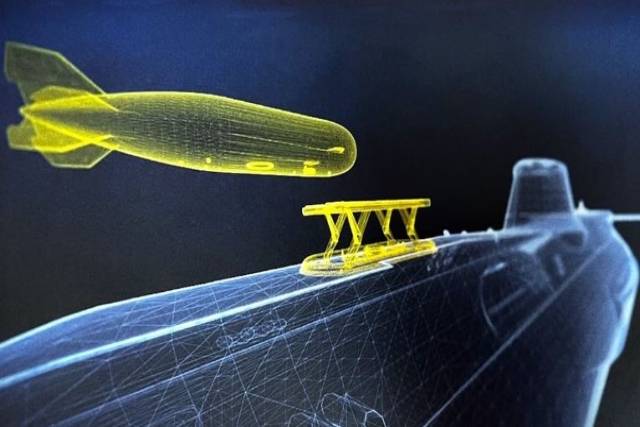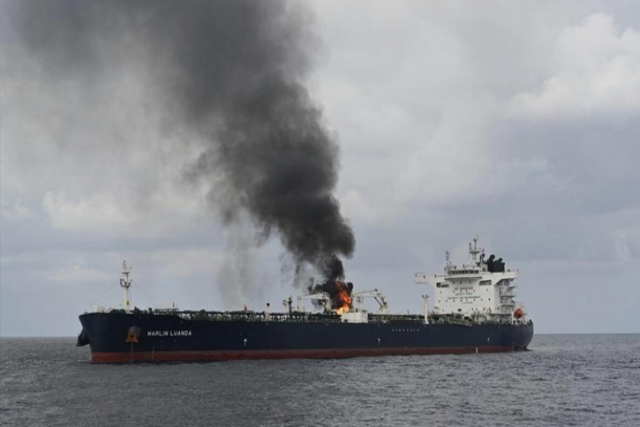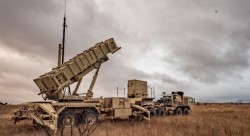U.S. Military's Stand-off Weapons Complex in Guam Should Worry China
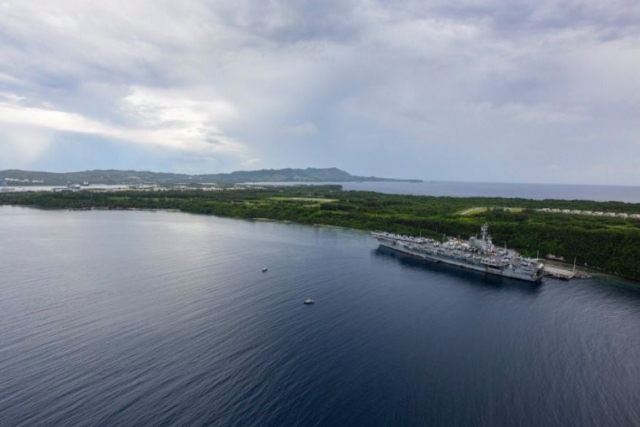
In a move that could cause worry for China, the U.S. military has announced the construction of a new Standoff Weapons Complex (SWC) at the U.S. Joint Region Marianas-Andersen base on Guam under a $42 million contract announced last week.
Under the contract, Granite-Obayashi JV of Watsonville, Calif., will construct the complex for the U.S. Air Force at Yigo, the southernmost point of Guam, the U.S. island territory in the western Pacific Ocean.
Standoff weapons include cruise missiles, short-range ballistic missiles and glide bombs typically carried in the bomb bay of a bomber aircraft, allowing precise positioning of the weapon. Guam gets regular visits by B-52 and B-1 bomber task forces.
The work to be performed provides for construction of an adequately sized and configured missile maintenance and assembly complex for loading, unloading, transferring, storing, testing and preparing missiles for operational use, a DoD release on February 25 said, adding that the work is to be completed by March 2023.
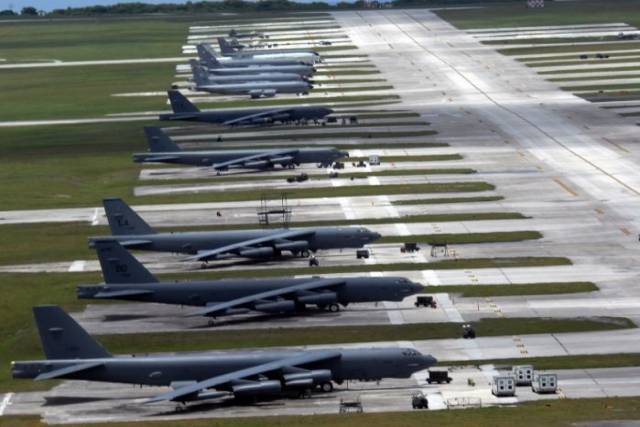
The contract also includes road construction and facilities to store standoff weapons and pre-loaded strategic rotary launchers.
Granite-Obayashi JV is currently contracted to build a Marine Corps base on the island, part of a planned drawdown of troops on Okinawa, Japan.
Meanwhile, China today announced that it will hold month-long military exercises in the South China Sea (SCS). The exercises, scheduled to start today, will be held in a circular zone with a radius of 5km in the SCS, west of the Leizhou Peninsula. It will end on March 31.
China's Maritime Safety Administration has prohibited the entry of other vessels.
Chinese military drills come at a time when the U.S. military has been frequently sending aircraft and ships to the region. According to monitoring data released by the South China Sea Strategic Situation Probing Initiative (SCSPI), a Beijing-based think tank, the U.S. sent reconnaissance aircraft of different types, including an MQ-4C maritime reconnaissance drone, an EP-3E spy plane and an RC-135U strategic reconnaissance aircraft, to the South China Sea on Wednesday, Thursday and Saturday, and the USNS Impeccable ocean surveillance ship to the region on Friday.
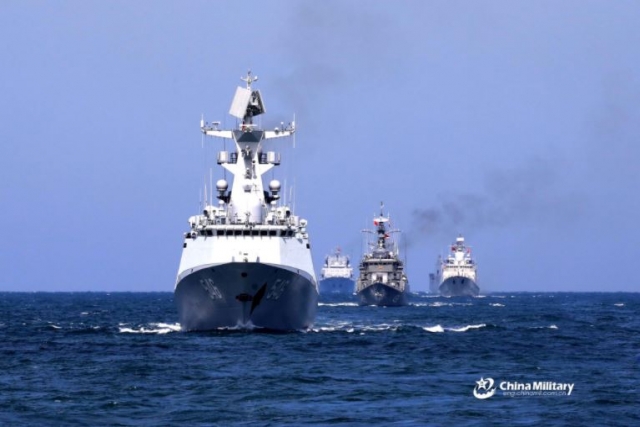
France also sent an amphibious assault ship and a frigate in mid-February, and they are scheduled to transit the South China Sea twice. As per the route plan, the French warships are scheduled to sail through the Qiongzhou Strait, an inland sea of China between the Leizhou Peninsula and the island province of Hainan, Paris-based navalnews.com reported on February 18.
Read: Chinese H-6 Bombers Carry Out Simulated Attack on Guam-like Base
“The U.S. is attempting to contain China by rallying its Western allies to the South China Sea, which has more political rather than military significance,” analysts told the Global Times. They added that these kinds of operations have military significance because they allow the U.S. to gather military intelligence on the People's Liberation Army (PLA) and hydrological environments in the sea, including eavesdropping on PLA communications, learning the electromagnetic signal patterns of Chinese equipment and planting underwater sonar devices to track PLA submarines.

